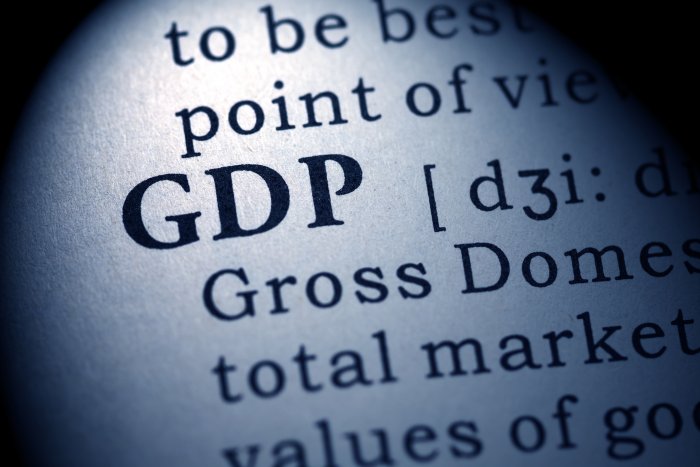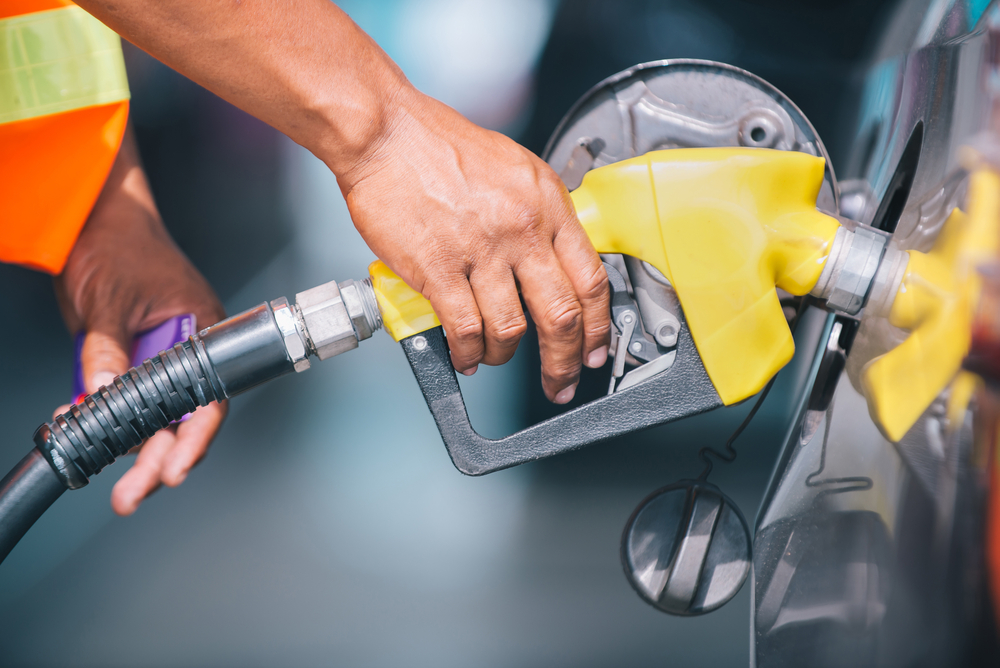GDP down 4.6% y.o.y. in Q3, but grows compared to Q2

Photo by Feng Yu / Shutterstock.com
According to seasonally and calendar adjusted and reconciled data by the Central Statistical Office, the performance of the economy was 11.4% higher in Q3 2020 than in the previous quarter and 4.6% lower than in the corresponding period of 2019.
Image by Shutterstock.com
Compared to Q3 2019, the performance shrank by 2.4% in industry, within which by 1.9% in manufacturing. Among manufacturing branches, increases in the manufacture of electrical equipment and the manufacture of other transport equipment moderated the decline. The value added of construction was down by 17.6% and that of agriculture by 3.8% compared to the corresponding period of the previous year.
The gross value added of services as a whole diminished by 4%. The highest falls (20.9% and 19.9%) were in the industries of accommodation and food service activities and transportation and storage, respectively. The performance of wholesale and retail trade increased by 1.8%. The value added of professional, scientific, technical, and administrative activities and arts, entertainment and other services went down by 9.6% and 7.9%, respectively. The performance of financial and insurance activities rose by 2.9%. The value added of public administration and education lessened by 0.8% and 1.7%, respectively. The value added of health and social work activities grew by 1.4%.
Services caused a 2.2, industry a 0.4 and construction a 1 percentage point decrease in the 4.6% decline of gross domestic product in Q3 2020. Within services, the most significant reduction (of 1 percentage point) in the economic performance was observed for transportation and storage.
Household consumption down 2.2%
The actual final consumption of households lessened by 2.2% compared to Q3 2019. Household final consumption expenditure, representing the largest proportion of the components of the actual final consumption of households, decreased by 2.7%.
The consumption expenditure of households realized on the territory of Hungary became 6.6% lower than a year earlier, since the consumption expenditure of non-residents declined significantly in Q3. Within this, the volume of domestic consumption expenditure on durable goods grew (by 3.4%), while that on the remaining groups declined: by 4.7% on semi-durable goods, by 2.1% on non-durable articles, and by 11.9% on services.
The volume of social transfers in kind from the government became 0.2% larger, while that of the actual final consumption of the government 4.8% smaller. The volume of social transfers in kind from non-profit institutions serving households rose by 0.8%.
As a result of the above trends, actual final consumption became 2.5% lower, KSH notes.
Gross fixed capital formation went down by 13.7% in Q3 compared to the corresponding period of the previous year. The volume of investments in construction and in machinery and equipment both significantly fell. The volume of investments became lower in the majority of industries.
Gross capital formation decreased by 8.7% compared to one year earlier.
As a result of the trends of consumption and capital formation, domestic use as a whole became 4.6% lower in Q3.
In the external trade of the economy a surplus of HUF 509 billion was generated in Q3. The volume of exports and imports decreased at the same rate, by 5.2%. In trade in goods, exports were 2.7% higher, while imports 0.6% lower than a year earlier. Within the external trade of the economy, the exports of services (including tourism) dropped by 29.2% and their imports by 26.4%.
Actual final consumption caused a 1.7, gross capital formation a 2.8 and the balance of external trade as a whole a 0.1 percentage point decrease in the 4.6% fall of gross domestic product in the 3rd quarter of 2020.
Economic performance improves considerably compared to Q2
The performance of the economy grew by 11.4% compared to Q2 2020.
From the production approach, gross value added went up by 24.2% quarter-on-quarter in industry and by 10% in services and decreased by 1.3% in agriculture and by 4.1% in construction, KSH notes
Household final consumption expenditure rose by 7.4% and the volume of social transfers in kind from the government by 13.1%, while the actual final consumption of the government became 2% lower out of the components of actual final consumption. Gross fixed capital formation increased by 1.3%. In external trade, the volume of exports jumped by 28.9% and that of imports by 18.7%.
SUPPORT THE BUDAPEST BUSINESS JOURNAL
Producing journalism that is worthy of the name is a costly business. For 27 years, the publishers, editors and reporters of the Budapest Business Journal have striven to bring you business news that works, information that you can trust, that is factual, accurate and presented without fear or favor.
Newspaper organizations across the globe have struggled to find a business model that allows them to continue to excel, without compromising their ability to perform. Most recently, some have experimented with the idea of involving their most important stakeholders, their readers.
We would like to offer that same opportunity to our readers. We would like to invite you to help us deliver the quality business journalism you require. Hit our Support the BBJ button and you can choose the how much and how often you send us your contributions.









